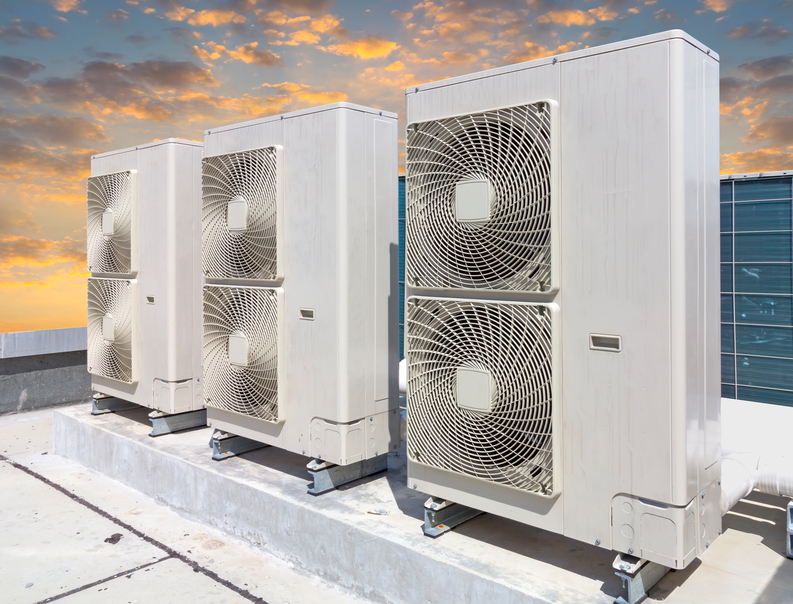Alternatives to Active HVAC Systems

This online engineering PDH course presents passive cooling systems which provide guidelines on choosing the proper technologies suitable to different situations.
Buildings are major consumers of energy insofar as their construction, operation and maintenance are concerned. It is estimated that almost 50% of the global energy demand is due to buildings with active HVAC equipment being the highest contributor. Thus, the energy conscious architecture has evolved to address these issues. It involves the use of eco-friendly and less energy intensive building materials, incorporation of passive cooling techniques in building design and integration of renewable energy technologies.
Passive cooling methods maximize the efficiency of the building envelope by minimizing heat gain from the external environment and facilitate cooling by air movement, ventilation, night cooling, evaporation, desiccant dehumidification and earth coupling to name a few. All these techniques require little or no input of electrical energy. Even when these alternatives cannot avoid the use of compressive cooling systems completely, their role can optimize the energy consumption and the peak electric load.
This 6 PDH online course is aimed at students, mechanical engineers, architects, facility managers, environmentalists, energy auditors and anyone interested in gaining a basic understanding of cooling systems.
This P.Eng. continuing education course is intended to provide you with the following specific knowledge and skills:
- Understanding the factors having greatest impact on summer cooling loads
- Understanding the mechanisms of heat gain control by intervening solar radiation, vegetation, ventilation and internal heat gains
- Learning the principles of natural ventilation design in night cooling
- Understanding the design factors for stack and wind driven ventilation
- Learning the basic principles of direct and indirect evaporative cooling systems
- Understanding the factors affecting evaporation rate and cooling
- Learning the principles of desiccant cooling and dehumidification
- Knowing the performance of an absorption chiller system v/s vapor compression cycle
- Understanding the various radiant cooling strategies
- Understanding the fundamentals of direct ground cooling systems and geothermal heat pumps
In this professional engineering CEU course, you need to review the course document titled, "Alternatives to Active HVAC Systems".
Upon successful completion of the quiz, print your Certificate of Completion instantly. (Note: if you are paying by check or money order, you will be able to print it after we receive your payment.) For your convenience, we will also email it to you. Please note that you can log in to your account at any time to access and print your Certificate of Completion.